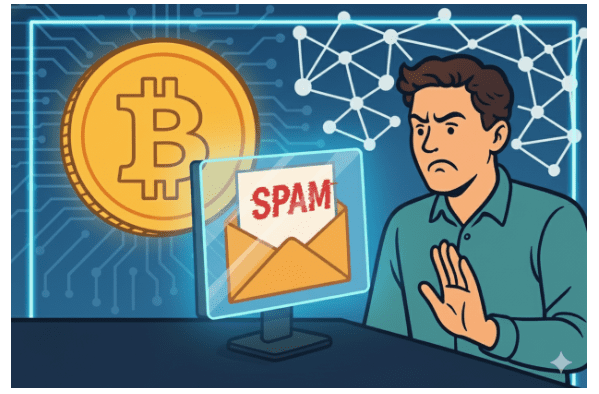Bitcoin’s latest software upgrade, Core v30, has ignited one of the sharpest divides among developers and miners in years. The update raises the OP_RETURN data cap — a feature that lets users attach arbitrary information to a transaction — from a modest 80 bytes to a potential 4 megabytes, a staggering 50,000x increase in data load.
Proponents call it a move toward neutrality, arguing that markets, not software rules, should decide what data belongs on-chain. Critics counter that this “innovation” invites an avalanche of digital clutter — and that the real cost will be borne not by users, but by miners, node operators, and the integrity of the network itself.
The Price of “Openness”
For a decade, Bitcoin’s greatest strength has been its restraint: minimal, verifiable, and accessible. Core v30 reverses that philosophy, effectively removing the long-standing 80-byte ceiling and allowing multiple OP_RETURN outputs per transaction. In theory, the only remaining limits are the transaction size and the block’s 4MB weight.
That might sound like technical housekeeping, but in practice it turns Bitcoin’s base layer into an unfiltered storage system — capable of embedding images, code, documents, or any arbitrary payload. The change lowers the barrier for non-financial data to occupy valuable block space, competing directly with payment transactions.
As one developer put it, “We used to allow a snack; now everyone’s cooking in the kitchen.”
The Economics: Miners Pay First
For miners, the implications are immediate and measurable.
- Storage pressure: Larger blocks increase read-write cycles, reduce SSD lifespans, and demand higher throughput hardware.
- Slower synchronization: Every extra megabyte adds latency; in mining, a few seconds’ delay can mean lost rewards.
- Network congestion: Heavier peer-to-peer traffic strains datacenter bandwidth and inflates operational costs.
- Complex maintenance: Node policies, filters, and monitoring thresholds all require retuning, adding engineering overhead.
The mantra “let the fee market decide” may sound free-market friendly, but it ignores who’s footing the bill. Hardware, rack space, electricity, and technical staff are real costs miners pay upfront, long before any “market equilibrium” arrives.
Splintering the Network
Pushback has already begun. Many operators have shifted to Bitcoin Knots, a stricter alternative client that keeps the original data limits. Knots’ share of active nodes has reportedly climbed into double digits — a quiet but telling form of dissent.
The debate is not just philosophical. It’s practical: every megabyte added to each block increases the time and expense of staying synchronized with the network, undermining the very decentralization Bitcoin was built on.
The Legal and Reputational Risks
By enabling arbitrary data uploads, Bitcoin nodes could involuntarily store illegal or harmful content — from copyrighted material to malicious code. Because nodes permanently retain and distribute blockchain data, operators in certain jurisdictions may face compliance exposure. For corporations and regulated miners, this is more than a theoretical concern; it’s a reputational and legal risk.
The Technical Argument Falls Flat
Developers defending the change claim it shifts data away from the unspent transaction set (UTXO), reducing memory strain. Yet the broader effect is the opposite: heavier blocks, faster chain growth, and higher operating thresholds — all of which tilt the ecosystem toward centralization. Bitcoin’s greatest promise — that anyone can run a node — erodes when only well-capitalized players can afford to keep up.
The Bottom Line
Under the banner of “neutrality” and “market freedom,” Bitcoin Core v30 risks transforming the world’s first decentralized ledger into a data dumping ground. The upgrade doesn’t make Bitcoin stronger; it makes it heavier, costlier, and less inclusive.
True decentralization isn’t achieved by removing every limit — it’s preserved by maintaining accessibility and verifiability for all. If Bitcoin’s base layer becomes a storage bin for digital debris, the network’s greatest threat won’t come from regulators or competitors. It will come from its own excess.
Read More From Techbullion



































